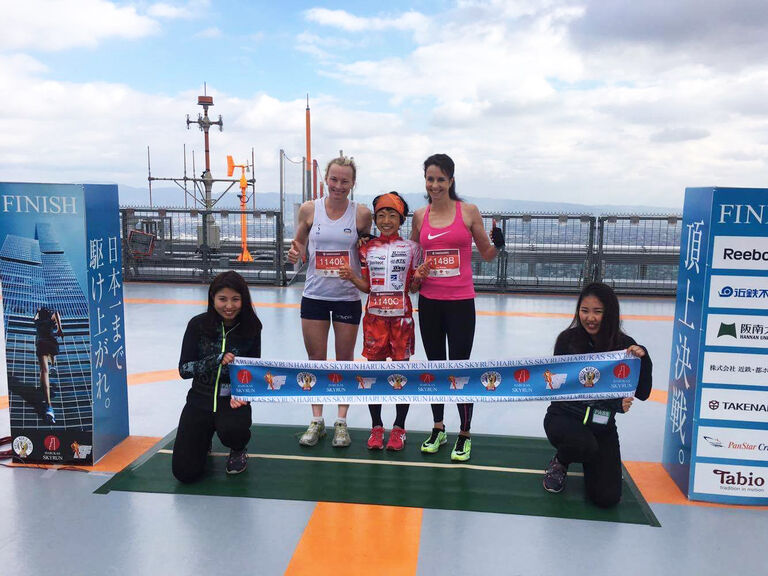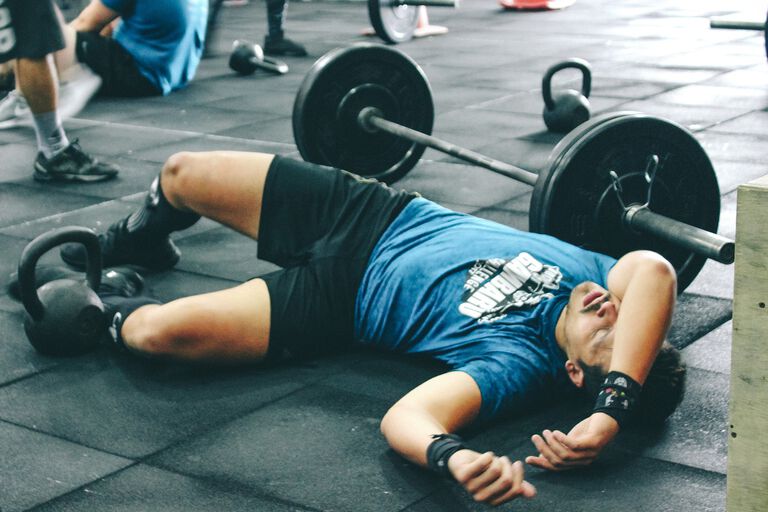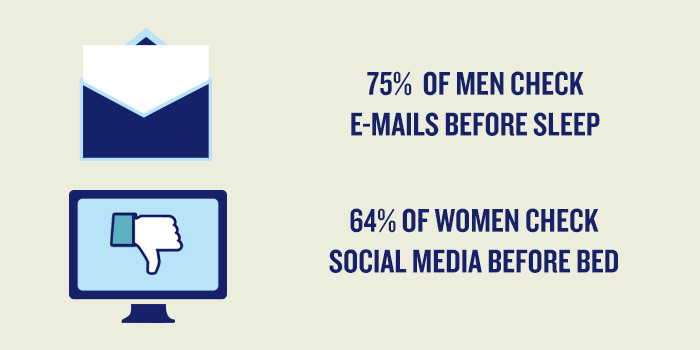FLY-IN, FLY-OUT PERFORMANCE: HOW TO BEAT JET LAG?
by Dr Alice McNamara

Our world has becoming astronomically smaller. Global travel is more affordable, more accessible and frankly, easier to sneak a quick or productive escape.
Life is short!
Time is the most precious of concepts, and whether traveling for sport, work, or holiday, there are ways to optimise it. None of us have time to be jet-lagged.
My day job is as a Hospital Resident, working rigid shifts and long hours. My roster allows little flexibility but being an optimistic planner, I seek out travel in the narrowest of windows. I compete in international Stair Running Races and often arrive just one or two nights before a race, to fly out the same day. A weekend overseas, if you will…
Jet lag is a complex phenomenon, and I have learnt much about my body and its tolerances during my past sports life, flying for 11 years with the Australian Rowing Team. I now test it with my somewhat regular international stair races. My performance “off the plane” depends on how I WELL I travel.
Here are a few components that I think are important.
1. MINIMISE STRESS
Travel can be stressful; on your body and on your mind. Our normal sleep-wake circadian rhythm circulates proteins and hormones like cortisol, that are designed around daylight hours and usual patterns. Travel throws all this out and creates an inflammatory response. You need to counteract this inflammatory response, or at least certainly not add to it!
So, wind your mind down on travel days and turn down your volume.
Be calm, organised and have your systems; documents printed or on your phone for easy access at airports. Have your snap-lock bag for plane liquids and an empty water bottle. These, with electronics sit at the top of your hand luggage. Look like you know what you’re doing as you sail through security and you’ll be ready for rest on the plane.
Plan your body clock based on the time you will arrive. In the 12 hours prior to landing, sleep if you arrive in the morning, or stay awake if you arrive in the evening. I like to think of it as “getting my jet lag done on the plane”.
2. REST
The window of plane-time is a gift. Use it for what you need. Sleep.
Avoid connecting to inflight Wi-Fi. This is your time, so preserve the time you cannot be contacted. Watch something of benefit. Either a long-awaited movie, or a documentary. If you’re not really watching, turn it off. Reflect, (screen free; music permitted!) and rest.
3. ENVIRONMENT
Create your sanctuary. Be smart with your seat choices online and create a zone you can relax in. These tips are even more important if you get stuck in the middle seat. Stay cool and keep cortisol levels low.
To sleep well you need to tell your body it is night time. So, look after your sensory input organs.
Eyes: Black them out.
Have a good quality eye mask to black out the mixed light on the plane; people opening bright windows and all those screens. The best in my experience, by far, is the TEMPUR SLEEP MASK. I find it perfectly cushioned to sit warm and comfortably on my eyes and nose, and it actually blocks 100% of light, which you need.
Ears: Silence is golden.
I always have my noise cancelling over-ear headphones and additional earplugs. They allow you to listen to the inflight entertainment with minimal background roar. You will arrive with a clear head. The investment is well worthwhile.
Nose: Avoid Drying
The airplane cabin environment is terribly drying, and dry mucous membranes in the nose and throat predispose you to illness. Viral particles sit on the mucosa with no means for your immune system to clear them. I always travel with a bottle of plain saline nasal spray. I use it into both nostrils each 1-2 hours. In addition, when I’m sleeping, I drape my plane blanket (or a spare!) over my head for creating a humid environment. This actually goes a great way in keeping my sinuses at baseline when I arrive. It has the additional benefit of a “do not disturb” message and does create you your own space. This may not be an option if you’re looking after an infant… Blessed be the mums and dads!
Several of my athlete friends swear by nasal air humidifiers for travel. They report a reduction in post-flight colds and feeling much more refreshed on arrival.
Musculoskeletal:
This warrants a whole another blog, which we will do! Walk, move, stretch, often.
Up the back of the plane is perfect for calf raises and lunges. Keep mobile to avoid DVTs and indeed cankles!
Flying generates an inflammatory stress response through the seat. You are in a vibrating metal unit hurtling through the sky and your body feels it all. Your body WILL stiffen up. I swear by my TEMPUR CAR SEAT COVER for use on the plane, that takes away many of the vibrations that come up through the seat. It means I arrive free of pain and stiffness and ready to perform.
Get a good quality neck support like the TEMPUR NECK PILLOW, to truly allow you to relax your cervical spine supporting muscles and allow you to sleep.

4. INFECTION PREVENTION: HANDS AND GUT
Airports and planes are dirty places, and when you travel you are exposed to many bugs from all over the world. Most of the time the ones we will pick up are garden variety colds, flu and gastro viruses. But what can you do? Number one is WASH YOUR HANDS. Our hands become filthy as we travel and nothing but physical scrubbing with soap and water will remove norovirus from hands, the most common gastro bug.
Alcoholic hand rubs kill most other bugs and can be easily used as you move through airports. It’s particularly important to wash hands after toilet and before eating.
Your gut houses your body’s most important immune system, and it is heavily if not 100% influenced by its resident colonising bacteria. You can optimise these guys by taking a daily probiotic pre and during travel. Try for one week prior to travel. On the flight, take pre-prepared fresh foods with you (by you or the supermarket!) so you can supplement your plane meals with more normal fresh fruit and veggies. Carrots, snow and sugar snap peas, apples and celery last particularly well.
Your bowel can expand up to 30% with the air pressure differential on the plane and can be unhappy and sluggish when it comes down to sea level. Drink more water than you normally would. For those passengers predisposed to constipation, an over the counter laxative for the period of travel is worth considering. You want to feel energised to explore and hit the ground running.
5. HYDRATION
For my stair racing, I find I need to pay particular attention to travel hydration. This is my performance make or break. Races are 10-15mins in duration with extreme intensity. My muscles scream for oxygen and produce a lot of hydrogen ions and lactic acid. Travel can really hinder your physiology if you’re not careful. I try to have my blood at its highest volume so the oxygen-carrying haemoglobin can move freely to my muscles. I take powdered rehydration drinks (electrolytes with glucose, similar to what you would buy if you had gastroenteritis!). I’ll have one in flight, on arrival, and on the morning of the race. Coffee and tea are ok as long as they don’t affect your sleep. Coffee and tea have the reputation of being dehydrating agents, but all fluid in this situation is good. When consumed with additional water, you’ll be left fluid positive.
With a little forward planning these are really easy travel strategies. Allow your body and mind to relax, rest and sleep, to be ready to perform and enjoy on arrival.
As, none of us have time to be jet-lagged!
Safe travels
Alice
Feel it for yourself
Find a Tempur store or Stockist and try out our range of mattresses for yourself




